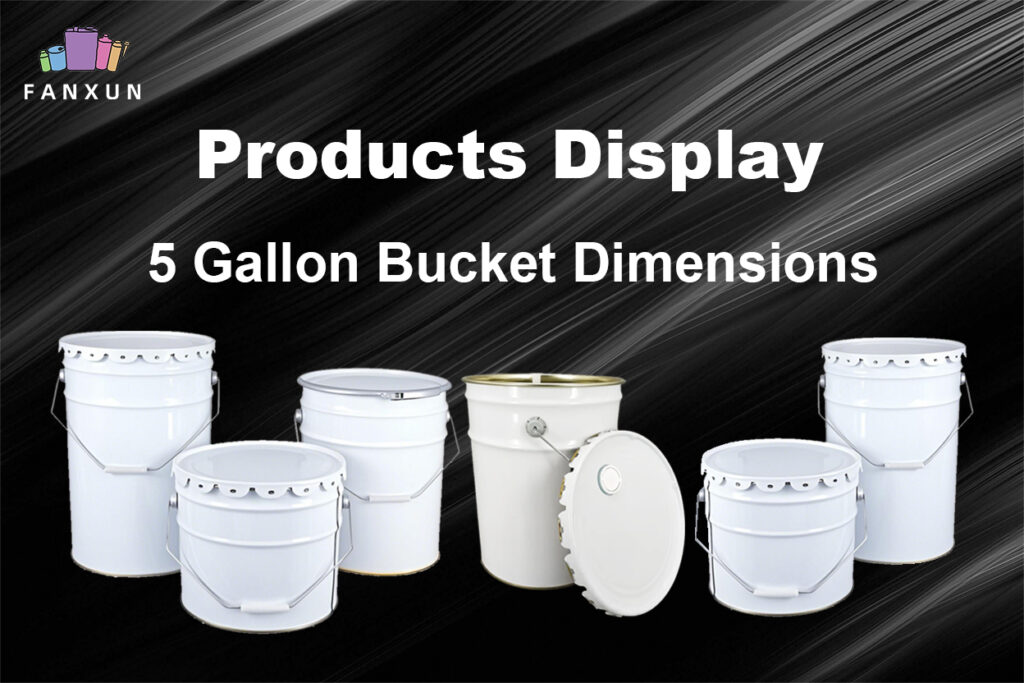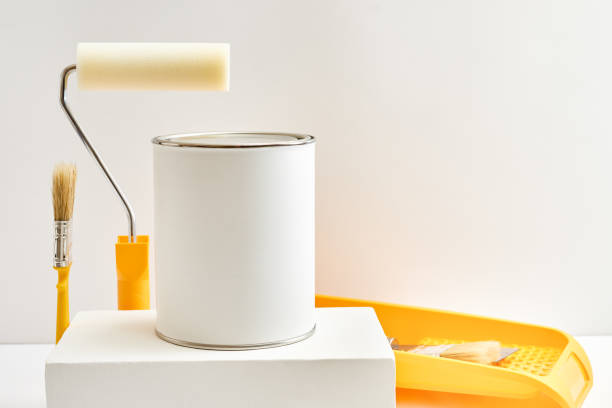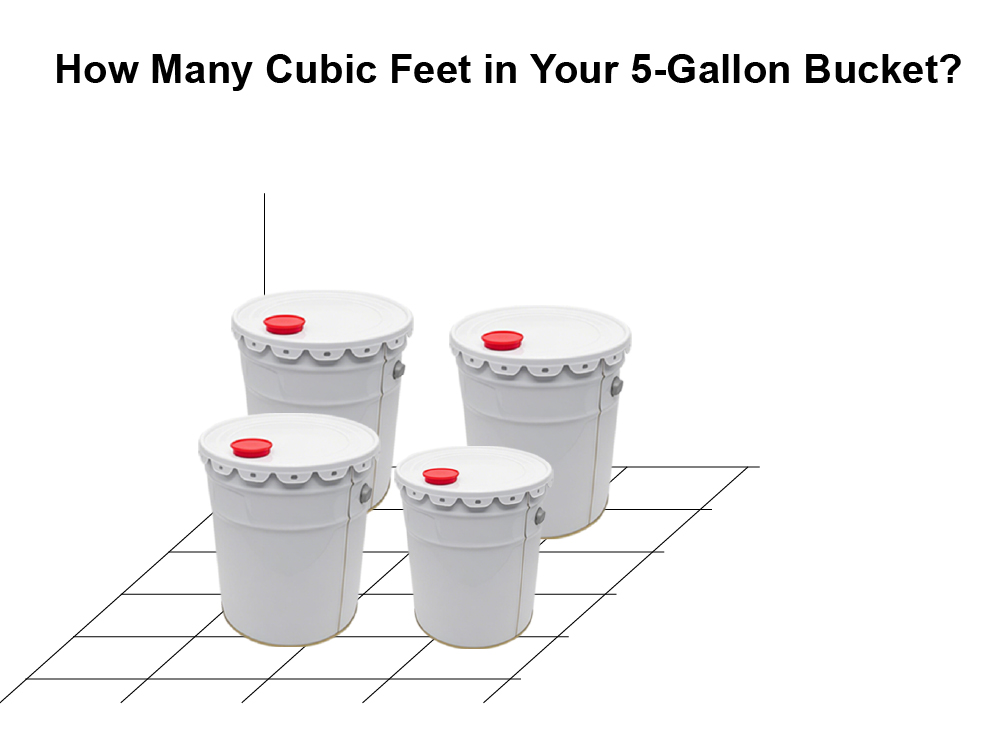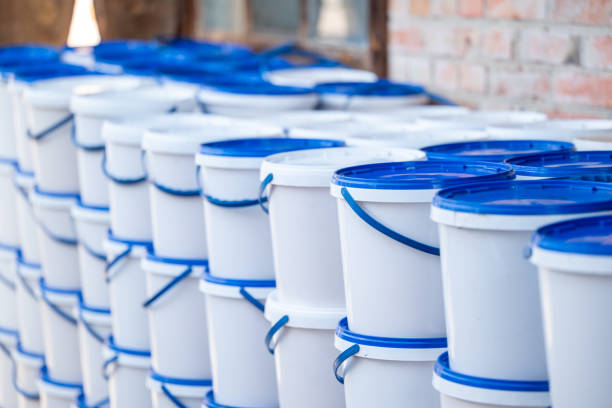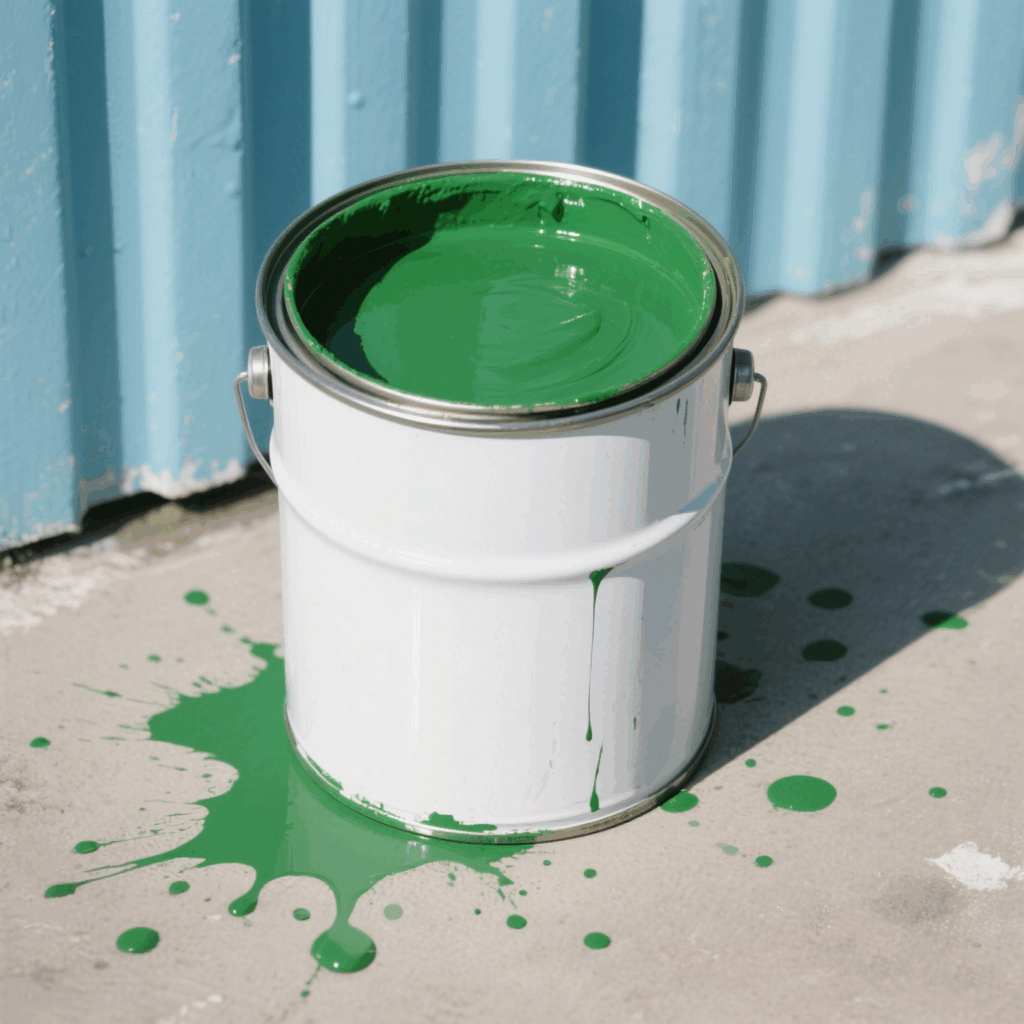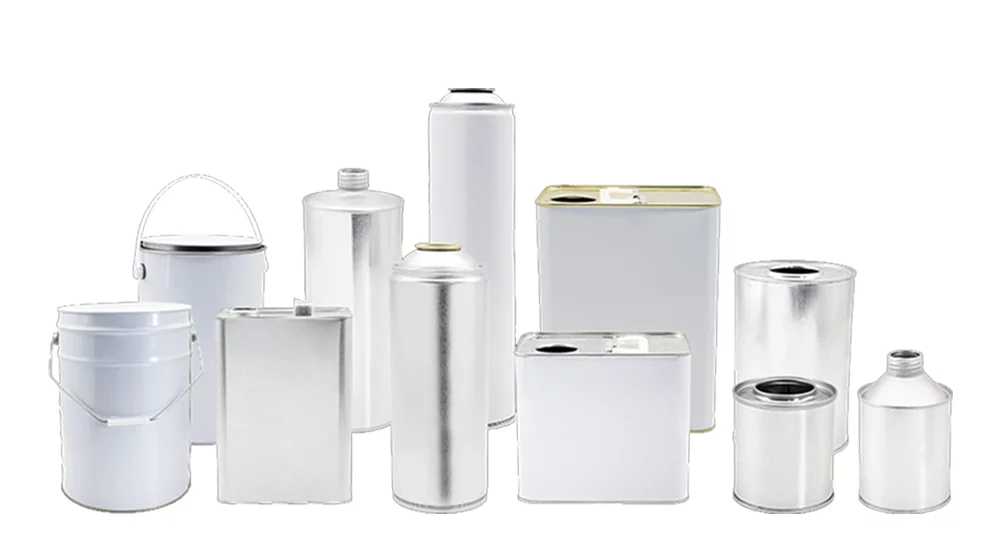For tinplate cans, the lid is an important part of ensuring the freshness and quality of the items. But with so many choices on the market, how do you find a tin can lid that suits your needs? In questo articolo, I’ll teach you the process of choosing the right lid for your tin can.
The importance of choosing the right tin can lid
Whether you are packaging food or storing other items. Covers protect the contents inside from external factors such as air, umidità, and contaminants. It plays a key role in maintaining the quality of the product. Choosing the right lid is also important for user convenience. The lid that is easy to open and close allows for a good user experience. Inoltre, a well-designed lid can enhance the overall branding and aesthetics of the product, increasing its value.
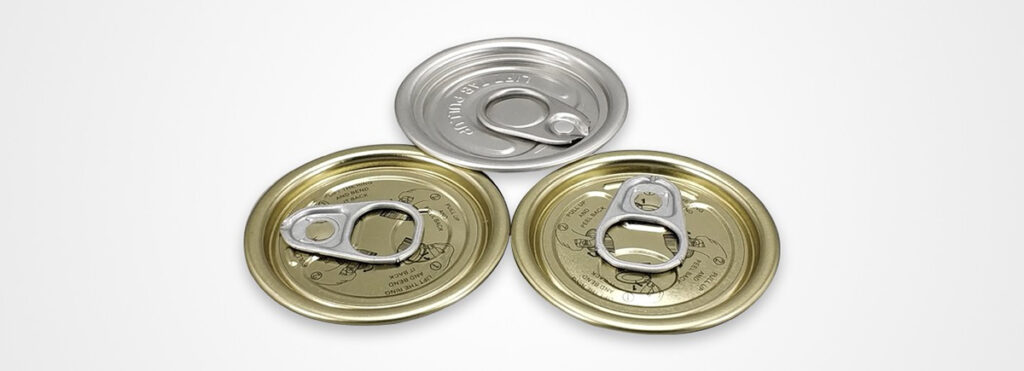
Different types of can lids
There are many types of tinplate can lids, each with its own characteristics and advantages. Here are some of the more common lids:
Pull-tab lids: Pull-tab lids are easy to use and are popular among consumers. They have a tab that can be pulled to open the jar without the need for additional tools. These lids are commonly used for beverages, canned fruits, and ready-to-eat meals.
Screw-on lid: Screw-on lid provides secure closure to prevent leakage and contamination. They are often used for products that require a tight seal, such as spices, nuts and powdered foods. The screw-on lid is easy to open and close, making it a practical option for everyday use.
Press-fit lids: Press-fit lids, also known as friction-fit lids, create a tight seal by pressing the lid against the side of the jar. They are commonly used in products that require an airtight seal, such as paints, solventi, and chemicals. The push-on lid provides excellent protection against moisture and air.
Slide Caps: Slide caps are pre-cut lids that are placed on top of jars and sealed using a sealing machine. They are commonly used in the food industry for products such as canned fruits, vegetables and pet food. The sliding lid provides a secure and tamper-proof closure.
Peel-off lids: Peel-off lids, also known as easy-open lids, feature a scored edge that can be peeled off to access the contents. They are commonly used in canned meats, soups and sauces. Peel-off lid provides easy opening and can be resealed for storage.
Factors to consider when choosing a tin can lid
Some key factors users should keep in mind when choosing canning lids:
Materiale: tin can lid are typically made from materials such as aluminum, steel, or plastic. Each material has its own advantages and suitability for different products. Per esempio, aluminum lids have excellent barrier properties and are often used for food products. Steel covers offer durability and are often used in industrial applications. Plastic covers are lightweight and flexible in design.
Tightness: The lid’s ability to create a tight seal is critical to maintaining product freshness. A good seal prevents the entry of air, umidità, and contaminants, ensuring that contents remain safe and intact. Consider the seal of the lid and its suitability for the specific product you are packaging.
Ease of opening: Consider how easy it is to open and close the lid, especially for consumer use. Lids that are difficult to open can lead to frustration and a negative user experience. Look for features like pull tabs or easy-open lids to make opening cans easy.
Tamper Resistance: If your product needs to be tamper-resistant, choose a lid that provides a visible indication of tampering. This can include features such as a frangible seal or a click sound when the lid is opened. Tamper-resistant lids help ensure product integrity and consumer safety.
Compatibility: Make sure the lid is compatible with the specific jar size and shape you are using. Some lids are designed for specific jar sizes, so it’s important to choose one that will fit securely and tightly onto the jar.
Understand lid closing and sealing mechanisms
Different lid types use different closing and sealing mechanisms to ensure a secure fit. Understanding these mechanisms can help you choose the best lid for your needs. Here are some common closure types:
Snap-on closures: Snap-on closures are commonly used on plastic lids. They have a ridge on the lid that snaps into place when pressed against the side of the can. Snap-on closure provides a secure seal and is easy to open and close.
Threaded caps: Threaded caps are used for screw capping. They have threads on the lids and jars that interlock when twisted. The threaded closure provides a tight seal and opens and closes easily by twisting the cap.
Friction-fit seal: A friction-fit seal, also known as a press-fit seal, relies on friction between the lid and the can rim to create a seal. The lid is pressed against the side of the jar, creating a tight fit. Friction-fit closures are commonly used for press-fit lids.
Heat seal lid: Heat seal lid is used for slide lid. They need a heat sealer to melt the plastic coating on the lid and form a bond with the rim of the can. Thermal seal closure provides a secure and tamper-proof seal.
How to Properly Maintain Tin Can Lids
Maintaining your tin can lid using the correct methods is important to ensure its functionality and longevity. Here are some tips to remember:
- Place the cover in a cool, posto asciutto: moisture and heat will affect the integrity of the cover. Store the cover in a cool, dry place away from direct sunlight to prevent any damage or deformation.
- Avoid stacking heavy objects on top: Stacking heavy objects on top of the cover may cause deformation or denting. Avoid putting any pressure or weight on the lid when storing it.
- Check the cover for damage: Before use, check the cover for any signs of damage, such as dents or scratches. Damaged caps may compromise the seal and should be replaced.
- Use the lid within the shelf life: The lid has a shelf life, and using it beyond the recommended period may affect its performance. Make sure the lid is used within the specified shelf life for optimal functionality.
In sintesi, choosing the right canning lid is crucial to maintaining product freshness, quality and convenience. When making your decision, consider factors such as materials, sigillatura, ease of use, and compatibility. With a variety of lid options available, you can find the lid that best suits your tin cans and ensures maximum protection for your product.















